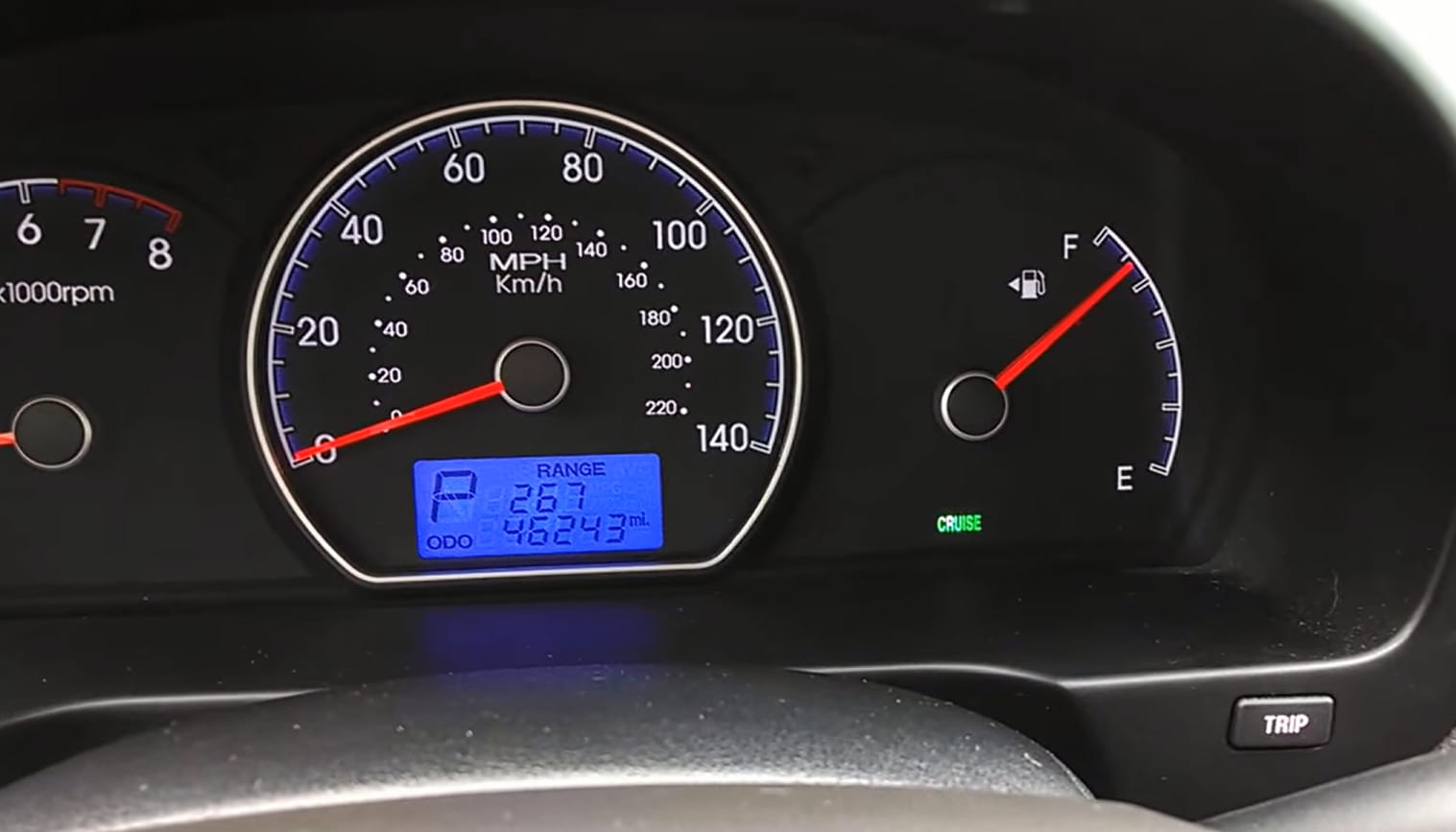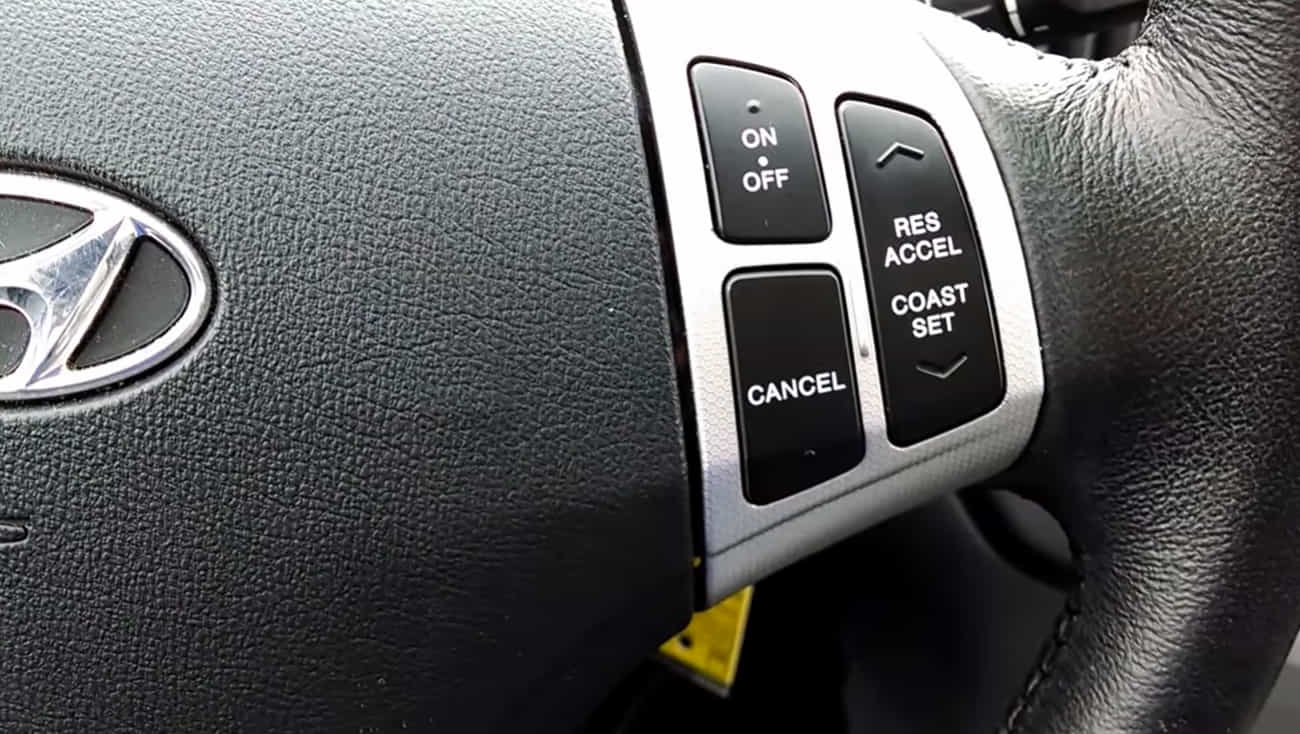Worried about your Hyundai Elantra cruise control not working?
When you are on a long and tedious road trip, the cruise control will surely come in handy. But at the same time, this may also stop working as it should at one point or another. So, if you are dealing with a cruise control that is not working well, then keep reading!
Today, we’ll talk more about how to address this issue with your cruise control to ensure efficiency in your driving experience. Let’s get right into it!

Contents
Hyundai Elantra Cruise Control Not Working – Common Causes
Nowadays, it is typical to find vehicles with a cruise control function. This is an essential feature that allows you to drive for long distances easily. But at the same time, it can be a pain to deal with in case this feature malfunctions.
This is why it is important to understand just why the cruise control fails sometimes and what can be done about it. By doing so, you can experience comfort and ease during your ride.
In addition to causing issues with your cruise control, it could also impact the way your vehicle accelerates. Hence, you should get this problem checked sooner than later at the onset of this issue.
Here are just some of the reasons why your cruise control may not work.
1. Blown Fuse
Fuse controls all of your vehicle’s electrical systems. The fuse can also blow in case there is a fault or a short circuit. So, if you don’t have a good fuse, your cruise control system will not be able to work completely.
With this in mind, you should replace a blown fuse to get your cruise control system working well. You should consult your owner’s manual to locate the fuse corresponding to the cruise control system of your vehicle.
2. Speed Sensor Issues
Your vehicle has speed sensors that monitor how fast your wheels are to identify whether traction control is a necessity. These sensors are also essential components of your cruise control system. When one of the sensors fails, it will impact the way your cruise control functions. You may also notice that the speedometer is not working right.
If you notice a problem with your speed sensor, you will get a notification such as a check engine light turning on or an ABS warning light.
3. Faulty Brake Pedal Switch
Your brake pedal switch allows you to switch your brake lights on and off, depending on the pedal position. Basically, the cruise control system disengages each time you press on the brake pedal.
Since the cruise control of your vehicle is connected to the brake pedal switch, the slightest malfunctioning will prevent it from working. When you have a faulty brake pedal switch, your car “thinks” that you have the brakes engaged. Thus, the system automatically turns off. Moreover, the brake light can be stuck to the on position, which can be confusing for other drivers.
4. Electrical Problems
Your cruise control system has a vast number of components that work together, which makes it possible for the entire system to operate. When you have a faulty cruise control, it helps to inspect the wiring harness, as well as any connectors associated with the fault.
Additionally, you need to have the voltage source providing as much power as needed to the system. There may also be a fault to the cruise control buttons or lever that prevents the cruise control from engaging.
To know exactly what the problem is, it may help to use an OBD2 scanner. This lets you check the cruise control system and identify trouble codes linked with the cruise control.
5. Damage To The Vacuum Actuator, Cable, Or Hoses
In the case of an older car with a cruise control, it is also possible to experience problems with the cable or vacuum actuator connected to the throttle. If there are damages to the actuator or vacuum hose, then this will prevent the cruise control from working.
Moreover, you need to maintain the best condition of the cable that links the throttle to the actuator. When this component is broken, you can expect a failure in your cruise control, as well.
Additional Points To Consider

Cruise controls first came out in the 1950s, yet it is now a staple in newer cars. This allows you to drive at a constant speed as this electrical system lets you set up a predetermined speed to be able to take your foot off your gas pedal.
Hence, it is far less tiring to drive since you no longer have to worry about maintaining your speed. Fuel economy is another benefit that cruise control offers.
There are adaptive cruise control features in modern cars, and this is considered as a smart technology. With an adaptive type of cruise control, you can easily travel at your predetermined speed while being able to maintain the right distable from cars right in front of you using sensors.
With a conventional cruise control, however, you have to take over each time a vehicle in front slows down.
In the event that your cruise control breaks, you will need to have the brake switch or cruise control replaced. This should set you back around $125 to as much as $350. The price includes labor and parts. But if you are only looking at replacing the fuse, then it should not be as expensive and the process should take faster.
Read More: Hyundai Elantra Radiator Fans Not Working – Causes And Fixes To Consider
Bottom Line
Your cruise control system allows you to have a more seamless and convenient driving experience, especially when you drive for long distances. Just be sure to have any issue with your cruise control addressed to ensure safety, comfort and ease while driving for your peace of mind.